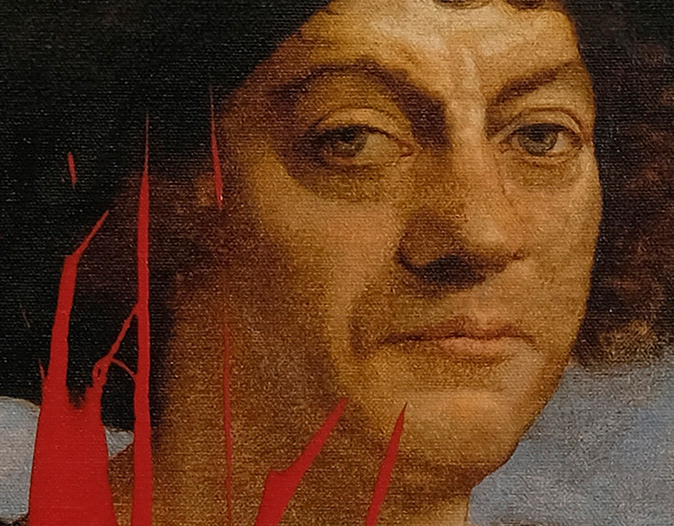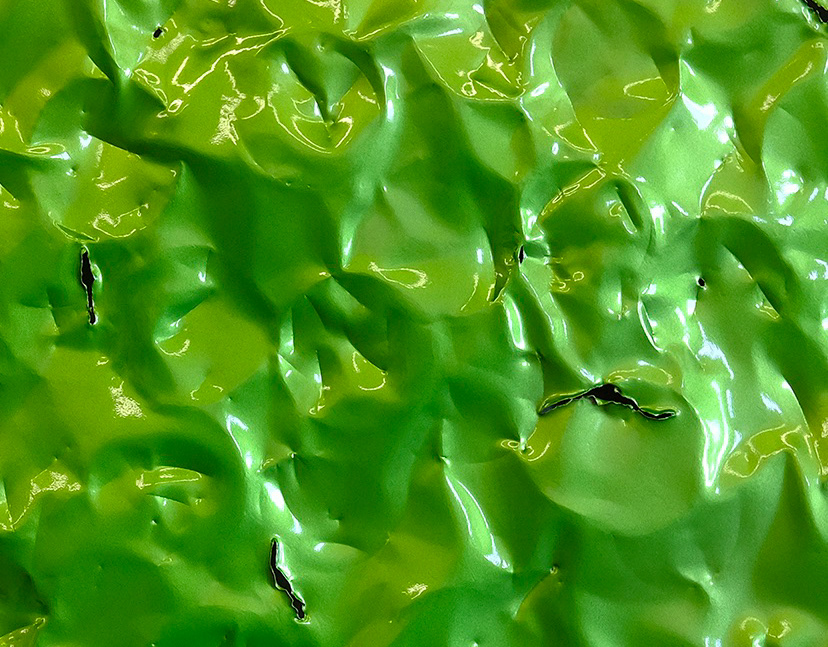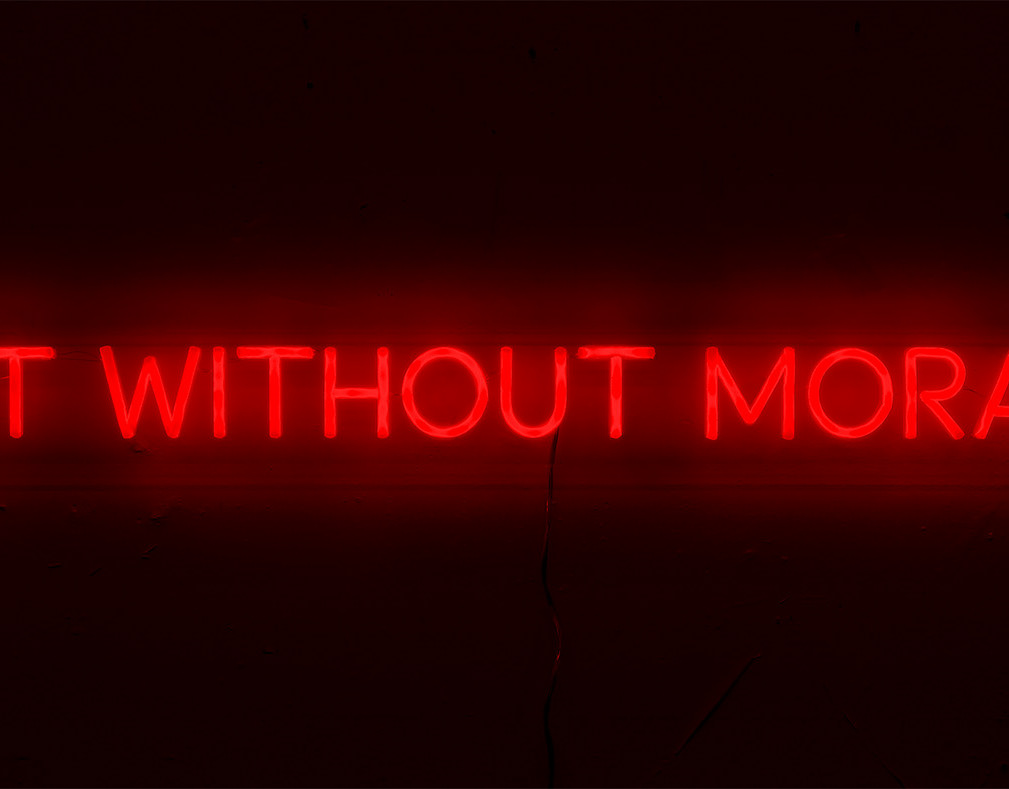Available for purchase: $1,200
In my thought-provoking installation, I feature a gold-framed plasma screen displaying a black-and-white version of the 1953 Warner Brothers cartoon Duck Dodgers in the 24½ Century, a classic entry in the Merrie Melodies series. Central to this screen is a 1950s toy metal "Cosmic Ray Gun," which I have glued prominently to the surface. Through this juxtaposition of nostalgic imagery and embedded toy, I delve into the intricate conversations surrounding violence in American media and its social implications.
The choice of a cartoon emblematic of mid-20th century animation provokes nostalgia while simultaneously functioning as a critical lens through which to examine contemporary issues. The lighthearted humor characteristic of cartoons from this era belies the serious themes of conflict and competition that run throughout. By incorporating the Cosmic Ray Gun—a relic of play and imagination—I juxtapose childhood innocence with the troubling normalization of violence in American culture.
This work allows for a deeper reflection on how media representations shape societal behaviors and attitudes. American media has long depicted and glorified violence, a phenomenon that can have pervasive effects on viewers, particularly young audiences. The use of animation as a medium to convey themes of aggression and conflict illustrates how violence is often sanitized and presented in a manner that may desensitize individuals to its real-world consequences.
In the context of contemporary art, my piece, which is titled Subtleties of Indoctrination (based on search results for my previous work), fits within a broader narrative that critiques the societal acceptance of violence through media. Artists such as Barbara Kruger and Jenny Holzer have similarly employed visual imagery to address issues of power and societal norms, using text and visual elements to provoke critical thought. My integration of a playful yet problematic icon like the Cosmic Ray Gun aligns with current artistic practices that challenge viewers to reconsider the implications of cultural symbols and the messages they convey.
In conclusion, my artwork serves as a profound commentary on the representation of violence in American media. Through the playful yet critical lens of nostalgia, I challenge viewers to engage with the impact of media on societal attitudes toward violence and aggression. By situating my work within the contemporary art narrative, I contribute to a vital dialogue about the responsibilities of artists and audiences in confronting the pervasive normalization of violence in popular culture.










